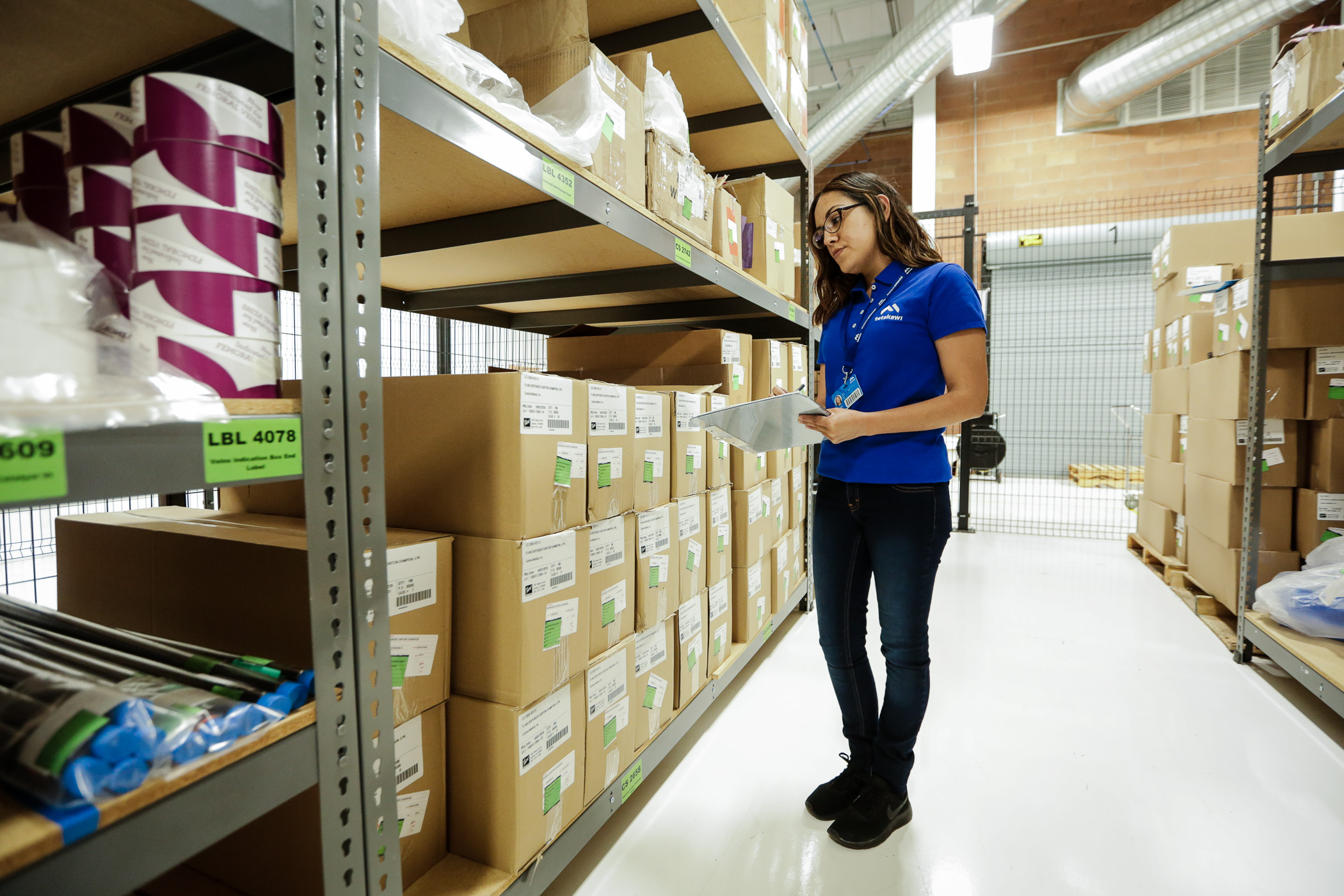When doing business in Mexico, companies are well aware of the major cost factors to plan a new facility. Leasing or buying a building, purchasing machinery and hiring staff are all obvious expenditures. But some of the other expenses associated with a new facility can be overlooked, causing a well planned project to run over budget.
Permits, incorporation, connection fees or environmental studies aren’t regular operations expenses but are required to launch a new operation. Fortunately, the list of one time fees and expenses in Mexico is not long nor is it complex.
Business Incorporation in Mexico
Start with the cost of incorporating in Mexico. While complex arrangements can cost hundreds of thousands of dollars, most companies can incorporate for less than $10,000 in legal and accounting charges. Incorporation costs in Mexico are just one element to consider, however. An incorporated legal entity may provide net benefits and companies should carefully review their options before deciding on a legal structure.
 Depending on the activities a company wants to undertake in Mexico, more than one entity may be required. Common reasons for additional legal entities include holding real estate, or the need to operate both an IMMEX manufacturing entity for export sales and a non-IMMEX entity to invoice end users in Mexico. Costs will naturally increase for multiple incorporations.
Depending on the activities a company wants to undertake in Mexico, more than one entity may be required. Common reasons for additional legal entities include holding real estate, or the need to operate both an IMMEX manufacturing entity for export sales and a non-IMMEX entity to invoice end users in Mexico. Costs will naturally increase for multiple incorporations.
Utility Costs in Mexico
The next group of expenses relate to building a facility. Whether a company purchases a new facility, leases a built to suit facility, or occupies an existing building or multi-tenant unit there are costs associated with connecting and distributing utilities that is borne by the tenant.
The most important utility to deal with are the electrical installations. There are typically three considerations for electrical installations:
- First is project approval. A system layout must be prepared and certified by a qualified electrical engineer. For a typical 1000 kva system the preparation of drawings and certification is usually in the range of $2,500 to $3,500 USD.
- Second, once CFE, the federal electrical utility, approves the certified layout there is a one time charge for demand capacity above 200 kva. The cost is approximately $100 USD per kva of additional capacity.
- Third, CFE also requires a bond to set up an account. For 1000 kva the bond is usually in the range of $1,000 USD. However, CFE is considering changing this system to a security deposit equal to the cost of one month’s power consumption. For a 1000 kva system using 60% of capacity the cost would be approximately $10,000 USD.
For new construction there may also be connection fees charged by CFE or the developer to pay for the installation and connection of power to the building. If high tension work is required, an additional $15,000 or more may be needed for installation. Developers and landlords can provide estimates of the cost for connection for their clients.
Companies using natural gas will pay a bond that is typically 10% of the cost of a company’s standard or estimated monthly usage. The bond must be renewed annually. Like Electrical work, there may also be costs for connecting a building to the gas mains at the tenant’s expense. Any internal piping will also be the tenant’s responsibility and must be done by a qualified gas fitter. Third party certification is required for gas lines.
Note that natural gas service does not extend everywhere in Mexico. Should bottled gas be required in un-serviced areas, the individual providers will have specific requirements regarding tank rentals and credit bonds.
Companies that require storage tanks for other industrial gases typically pay the cost of installing tank pads and docking stations. The gas providers have mandatory specifications which should be reviewed with the landlord to identify any property or access modifications that might be needed to accommodate the installation. The cost can escalate rapidly if access roadways or other property modifications are required for the tank farm.
Gases under pressure are considered a hazardous material that must be included in a company’s environmental assessment.
Safety and Environmental Regulations in Mexico
Every new operation in Mexico is required to submit an environmental assessment. The assessment includes a list of hazardous materials used or discharged and the proposed method of handling waste. Mexican environmental regulations are similar to American EPA requirements so the same control methods are normally sufficient. Companies should provide a layout and process flow along with an inventory of hazardous materials, waste streams and proposed discharge treatment methods.
The plan is approved by the Secretariat and will be subject to audit for compliance. Using a third party consultant to prepare and submit a plan typically costs $3,000 to $10,000 USD but depends on the number of waste streams and the complexity of the treatment methods.
Companies also need to apply for safety permits and plan for monitoring of both safety and environmental regulations. For example, a fire protection and evacuation plan is required by the civil protection authorities.
The minimum level of fire protection required in Mexico is hand extinguisher placements. Since many insurers demand a higher standard, builders often provide pressurized hose drops, but this may depend on whether a fire fighting water supply tank is available. Extinguishers, sprinklers, tanks or hose drops (beyond what has been supplied) are typically a tenant expense.
Requirements and costs vary by state and municipality but the table below summarizes typical expenses for environmental and safety permits.
| ENVIRONMENTAL AND SAFETY PERMITS |
Item | Frequency | Approximate Cost USD |
|---|---|---|---|
| PREVENTIVE INFORM | One time plan approval | $300 | |
| OPERATING LICENCE | Initially and each time a change is made | $20 | |
| CIVIL PROTECTION (FIRE) | One time plan and permits | $500 | |
| SEWER DISCHARGE | Bi-annual sampling – annual cost | $150 | |
| Bi-monthly sampling – annual cost | $800 | ||
| AIR DISCHARGE | Monthly per monitoring point | $50 | |
| PRESSURE VESSEL CERTIFICATION | Once for new equipment and every 10 years for existing | $500 | |
| SOLID WASTE DISCHARGE | One time | $300 | |
| NOISE | Every 2 years per monitoring point | $50 | |
| ILLUMINATION | Every 2 years per monitoring point | $50 | |
| SAFETY EQUIPMENT VERIFICATION | One time | $400 |
Communications Technology and Security in Mexico
One final consideration is connectivity and how the facility communicates internally and externally. Telemex provides more than 80% of the telecommunications service in Mexico. There is no bond required for new accounts but a contract, typically for three years, will be required. Other providers have similar requirements. There can be installation charges but in most cases it is possible to avoid these costs through negotiation and contract length. Wiring and equipment within the facility are usually the tenant’s responsibility.
Some industrial parks provide perimeter security and external monitored cameras but in many cases these are the responsibility of the tenant. Compliance with OEA (the Mexican equivalent of CTPAT) may require upgrades to lighting and fencing that are the responsibility of the tenant. Internal security and surveillance equipment, if required, is also an expense born by the tenant.
Verifying each of these potential expenses against the plan for Mexico can help avoid unpleasant surprises. Most of the items mentioned are not onerous if considered in advance and put in place at the right time. Missing a legal requirement or failing to address a major implementation expense, however, can sink an otherwise well planned project.
Subscribe
Sign up and stay informed with tips, updates, and best practices for manufacturing in Mexico.




.jpg)
